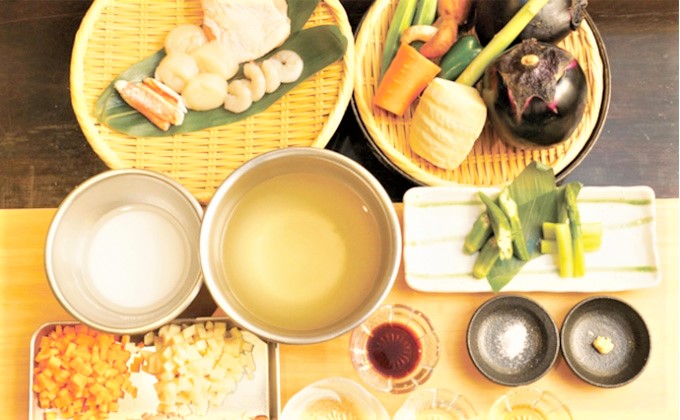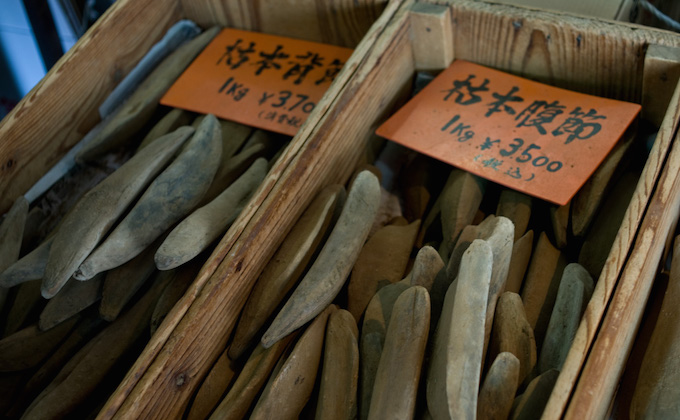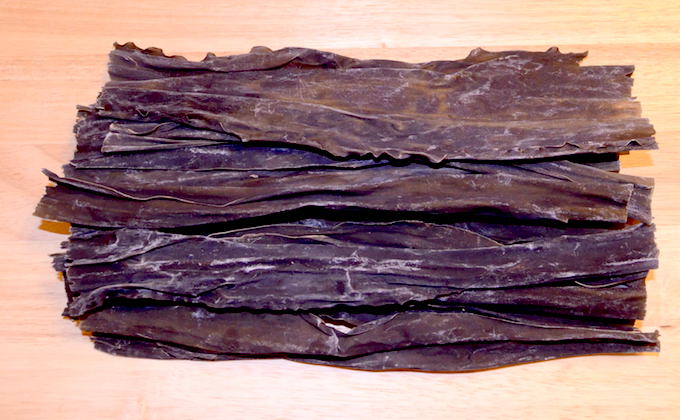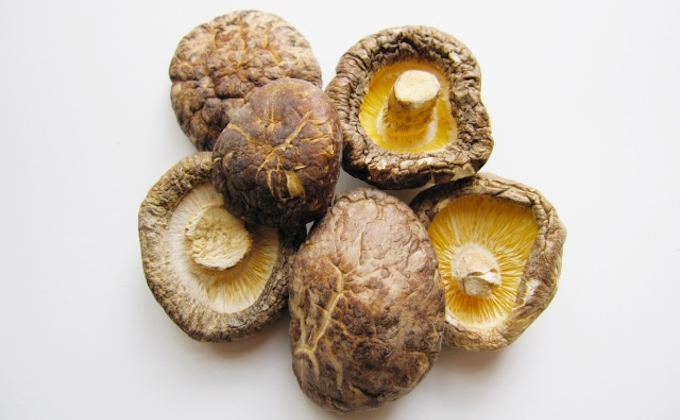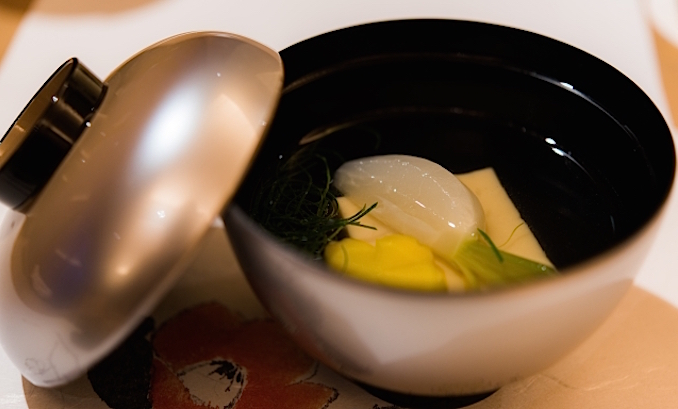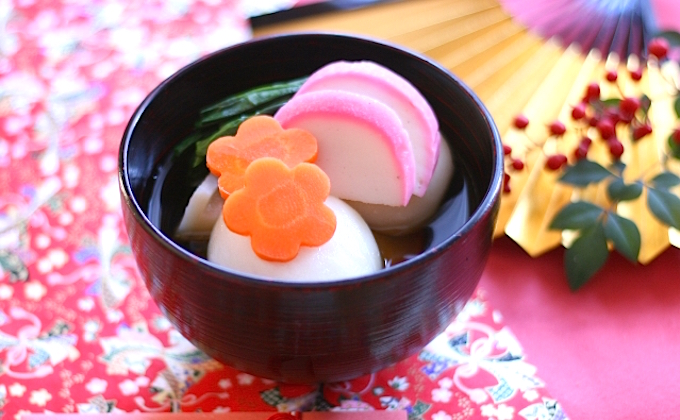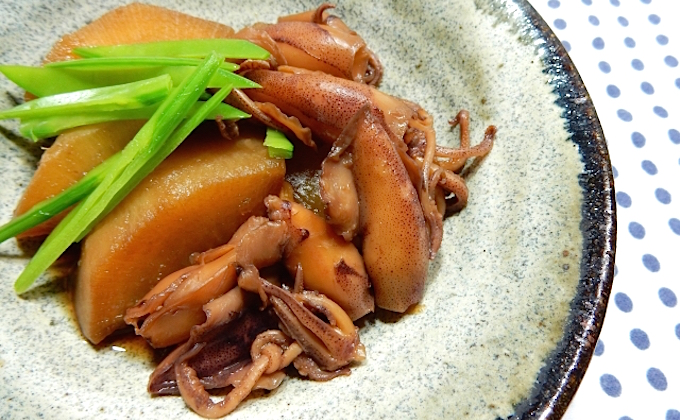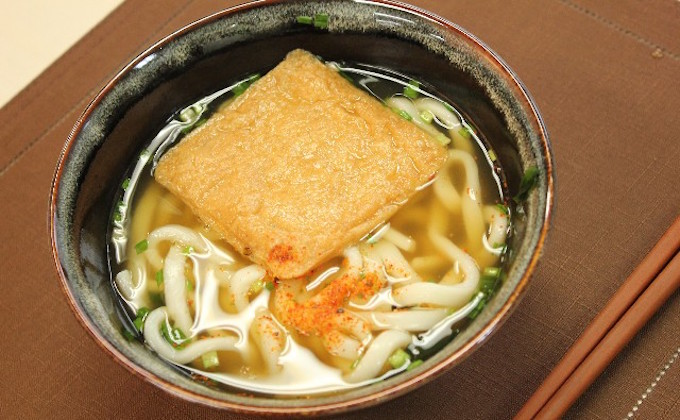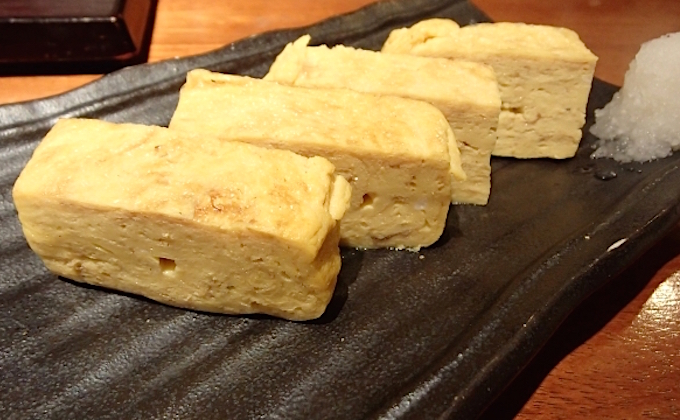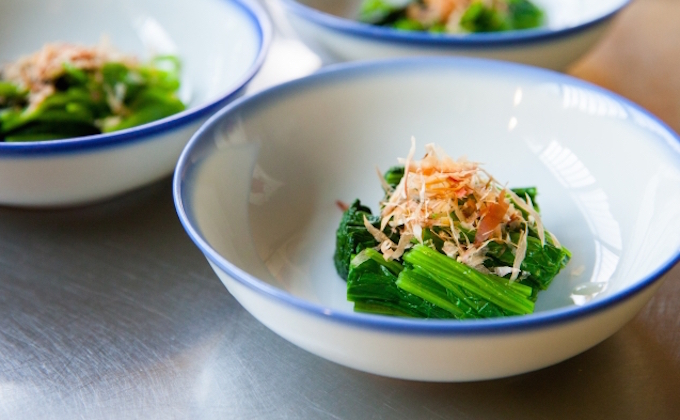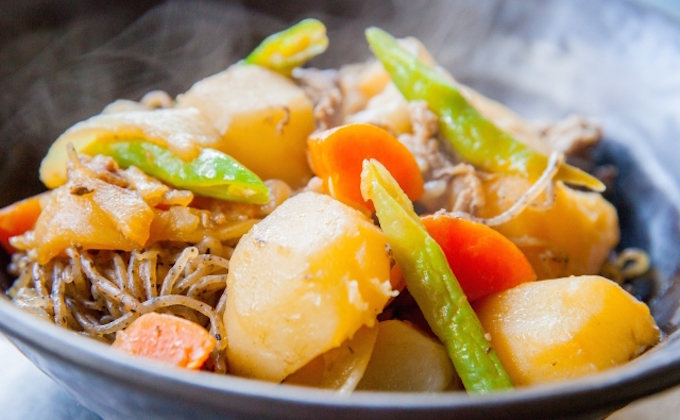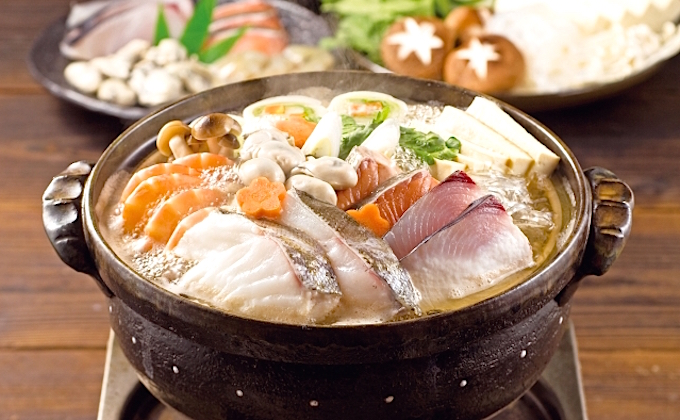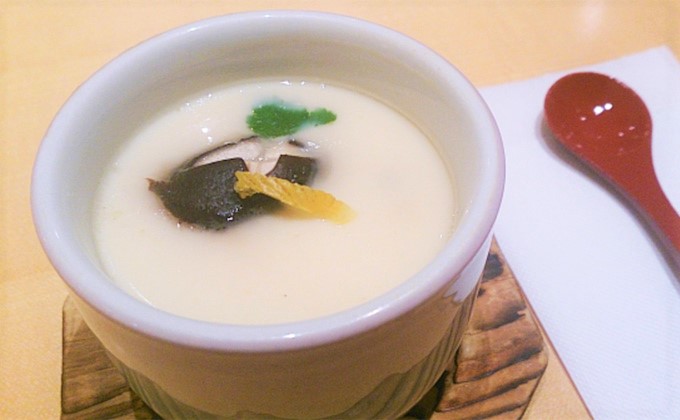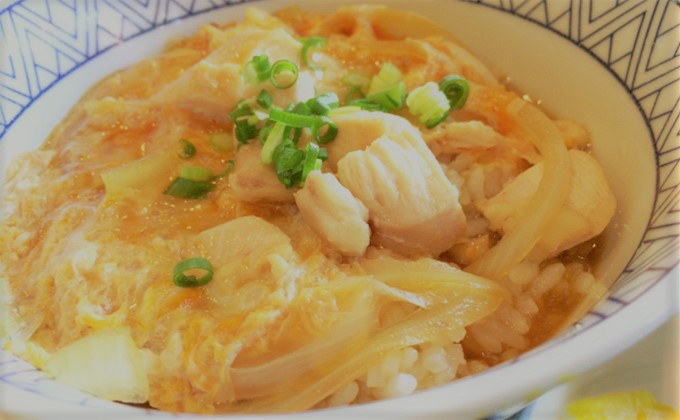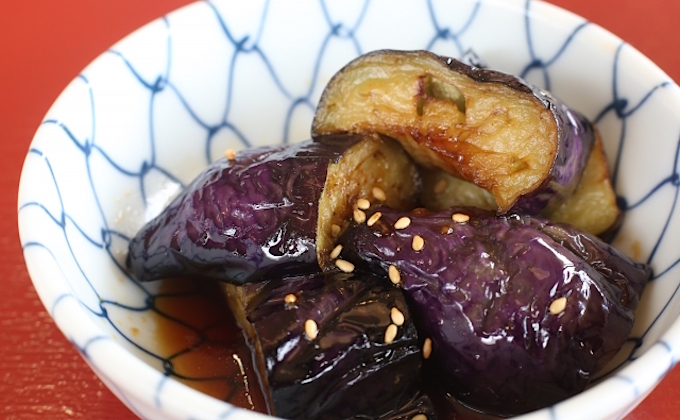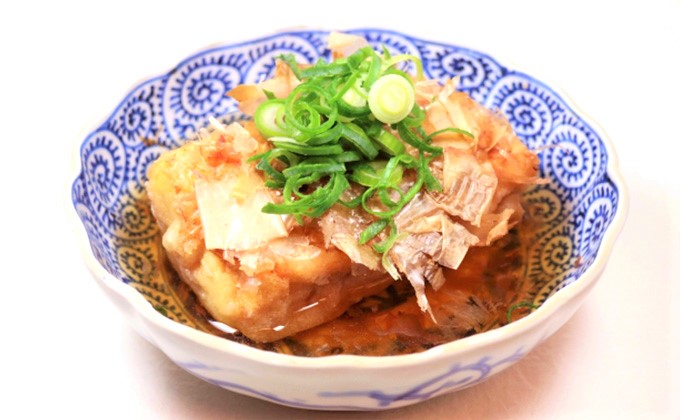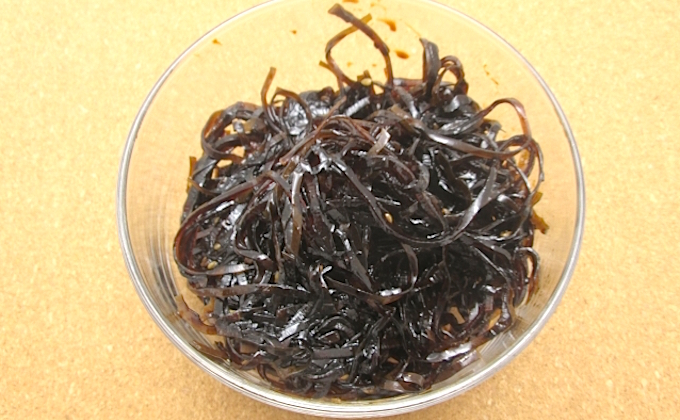TRG Info and Advice
Dashi (Soup stock)
The History of Dashi
The history of dashi, Japanese soup stock, can be traced back to the Jomon Period (16,000 to 3,000 years ago). In the Jomon Period, people lived on hunting and gathering, and they ate a wide range of wild plants and nuts, some of which had toxins and were bad for digestion when consumed raw. People came to realize, however, that those foods became easier to eat and were less bitter after being boiled. Moreover, boiling food became easier due to the improvement of pottery. People began eating boiled fish and meat, and realized that the flavors of the meat and fish were concentrated in the liquid where they were cooked. This discovery is considered to be the starting point of dashi.
Kombu kelp and bonito, which are the most typical ingredients of dashi, appear in written documents from ancient times, but they only began to be consumed as dashi between the 4th and 7th centuries, when the first kind of dried bonito was produced. Fish has always been a valuable source of protein, and was preserved through various methods, such as sun-drying, smoking over an open hearth, etc. Dried bonito was called “katauo (literally: hard fish)”, boiled and dried bonito was called “nikatauo (literally: boiled hard fish)” and the boiled down soup of nikatauo was called “katauo no irori” (literally: soup of dried fish). Katauo no irori is a soup with concentrated bonito savor, considered the earliest seasoning used in Japan.
A history book written in the late 9th century describes how kombu kelp was presented to the Imperial Court, and this is considered the earliest account of the use of “kombu” in written documents. In Japan’s earliest dictionary, edited in the middle of the Heian Period (794-1185), kombu also appeared by the aliases of “hirome” and “ebisume.” The name “hirome” was derived from the wide kombu leaf, and “ebisume” was taken from the production area of kombu kelp, Ezo (Hokkaido). The name changed to “kombu” over time, around the end of the Heian Period.
A story written in the middle of the Heian Period depicts dried bonito being consumed in shaved form, similar to flakes. The textbooks used at temple schools in the Muromachi Period (1392-1573) introduced kombu produced around Hakodate, Hokkaido, as a local specialty, and according to records, a significant amount of kombu was delivered to Kyoto from Hokkaido. By that time, kombu was being widely used for dashi, mainly for shojin ryori, the Buddhist vegetarian cuisine.
Dried bonito took its current form between the Sengoku Period (1491-1573) and the beginning of the Edo Period (1603-1867), and it began to be used for dashi by the beginning of the Edo Period. The bonito processing technology was not good, so bonito would quickly spoil, as it was not thoroughly dried. The production methods similar to that of today were invented in Kishu (Wakayama), where bonito fishing was thriving. The methods were then passed on to Tosa (Kochi), and there, the production of dried bonito was further developed.
A fisherman in Kishu fell into distress and drifted to Tosa, where he introduced the secret method of dried bonito making: the smoke drying method of Kishu. This helped improve, significantly, the quality of dried bonito in Tosa (Tosabushi), and the name “Tosabushi” spread throughout the country. The production methods of dried bonito, however, were kept secret within the two regions of Kishu and Tosa, and were not passed on to other areas.
Later on, a person from Tosa brought the production process to Chikura, Boshu (Chiba). There, the dried bonito of Boshu (boshu-bushi) was invented and the name grew famous in Edo, too. After that, dried bonito began to be produced mainly in the areas facing the Pacific Ocean.
In the Edo Period, dashi developed as an essential food of Japanese culture. In the early Edo Period, a cookbook was published featuring dashi recipes, and dried bonito and kombu were used as the ingredients. As the Edo Period rolled by, dashi became popular, but dried bonito and kombu were so expensive that common people did not have easy acess to them. During the Kyoho Era (1716-1735) in the middle of the Edo Period, iriko (dried small fish) spread widely as a substitute for dried bonito.
In the Meiji Period (1868-1912), dried bonito began to be produced in other areas as well and spread all around Japan, but it was expensive for daily use. At the end of the Meiji Period, shaved dried fish (such as dried mackerel and sardines) were used instead of dried bonito, first in Osaka, and then nationwide.
In 1908, researchers succeeded in extracting the flavor compounds in kombu, and the artificial seasoning of umami was produced. Packaged, shaved flakes of dried bonito went on sale, too, and became prevalent in many households due to their convenience. Thus, people stopped shaving dried bonito at home, and the dried bonito shaver disappeared from Japanese kitchens. After the middle of the 1970’s, liquid dashi made by extracting the flavor of kombu and the essence of dried bonito came into existence and spread widely among ordinary households, because of both its convenience and economic efficiency.
What is dashi?
Dashi is soup stock made by boiling dried bonito, kombu, and other ingredients, and is an essential part of Japanese cooking.
The word “dashi” originated from the Japanese word for boiling ingredients: nidasu. In the olden days it used to be called “nidashi-jiru (literally: boiled soup). It was shortened and changed to “nidashi” and then “dashi-jiru,” and finally just “dashi.”
A cookbook published in the early Edo Period gives an account of dashi, and sequentially published dictionaries define dashi as “tare” (sauce) or boiled soup, so it seems that dashi can also be referred to as tare.
Dashi highlights the flavor of the dish, with its fragrance and savory flavors produced by boiling specific ingredients. In China and Europe, meat, bones and vegetables are used to make soup stock. The ingredients of Japanese dashi, however, are not used as is, but, instead, are used in their dried or smoked forms to flavor the food, a method which is unique to Japan.
The amino acids contained in dashi are easily digested in the stomach and intestines, and stimulate the secretion of digestive fluids. Umami, the savory flavor, comes from the amino acids that make up proteins. Glutamic acid, a typical compound of savory flavors, is a main component of amino acids (which comprise the protein found in natural food) and richly concentrated in vegetables. Animal food products such as seafood and meat have high levels of inosinic acid. It is commonly known that there is a multiplier effect, which produces a stronger level of taste, when these two savory flavors are combined.
The most typical dashi ingredients used in Japanese cuisine are dried bonito and kombu, and these two ingredients are used all around Japan. Traditionally, dried bonito is more often used in the Kanto Region, and in Kansai, kombu is more often used, so each area has its own unique combination of dashi ingredients. Other than dried bonito and kombu, niboshi (iriko, dried small fish), other kinds of dried fish, and dried mushrooms are used for dashi, too. In shojin ryori, Buddhist vegetarian cuisine, mushrooms, dried gourd shavings and kombu are mainly used.
Dashi Varieties
Katsuobushi (dried bonito)
Katsuobushi, dried bonito, is the most typical dashi ingredient, used from ancient times. It used to be produced only in areas facing the Pacific Ocean, where bonito fishing is active. Each area has its own production methods, and the two major kinds of dried bonito are Yaizu-bushi: an improved version of honbushi (dried bonito with mold) produced in Yaizu, Shizuoka, and Satsuma-bushi (a Satsuma-type of honbushi) traditionally produced in Makurazaki, Kagoshima. The production method of Yaizu-bushi has now become the standard. Boiled and dried bonito is called ara-bushi, and the one which is shaved on the surface, mold-cultivated and dried in the sun repeatedly, is called kare-bushi. Dried bonito is rich in inosinic acid, part of the savory compound. Dried bonito dashi is commonly and widely used in Japanese cuisine.
Kombu
Kombu is kelp that grows in cold seas. It was used for food in ancient times, but later began to be used mainly for dashi. The major production area is Hokkaido. It spread around the Japan Sea via Kitamaebune, trading ships. Kombu was mainly brought to Kyoto, and used in shojin ryori at temples. Thus, kombu dashi culture developed in the Kansai Region around Kyoto and spread to the rest of Japan. Kombu is high in amino acids, including glutamic acid and aspartic acid. When kombu is dried in the sun, the odor and flavor of the sea is lessened, and the savory combination of glutamic acid and aspartic acid is highlighted. Dashi made from kombu is used to maximize the flavors of the ingredients.
Niboshi, or Iriko (small dried fish)
Niboshi is Japanese for “boiled and dried small fish.” Generally speaking, niboshi is made from sardines. Iriko is reasonably priced, compared to dried bonito, so it is the common choice for dashi among ordinary people. The most typical of its kind is katakuchi-niboshi, made from Japanese anchovies. There is also urume-niboshi made from round herring. The savory taste found in niboshi consists of inosinic acid. Niboshi is used to make dashi for miso soup and simmered dishes, and it is also used when making dipping sauce for soba and udon noodles.
Shiitake Mushrooms
Shiitake mushrooms are typical Japanese mushrooms. Dashi of shiitake is usually made from dried mushrooms. The major brands of dried shiitake mushrooms are donko, koshin and kouko. When shiitake mushrooms are dried, the amount of umami savory compound, guanylic acid, and the savory component, lenthionine, increase. Nutrients, also, become more concentrated. Dashi made from shiitake mushrooms is good as a dipping sauce for noodles.
Alternatives to Dried Bonito
Various dried fish, other than bonito, are produced and used for dashi. The varieties include: urume-bushi of round herring, soda-bushi of frigate mackerel, saba-bushi of mackerel, such as blue mackerel (which is comparatively low-fat), murobushi of mackerel scad, and magurobushi of tuna. Saba-bushi and soda-bushi have a strong tartness and fragrance, and are used in making dipping sauce for soba noodles.
Ago (grill-dried flying fish)
“Ago” is the local name for flying fish, and they are called this in the Sanin Region, Fukuoka and Nagasaki. The taste is simple and sophisticated, but ago are expensive and the production amount is small. Any innards are first removed, and the cleaned fish is then grilled and dried in the sun or by machine. Ago dashi is used for making dipping sauce for soba noodles, in simmered dishes or in zouni, a soup traditionally served on New Year’s Day.
Shojin dashi (vegetarian soup)
Shojin dashi is made by soaking kombu, wakame seaweed, dried shiitake mushrooms, kanpyo shaved gourd (thinly-shaved skin of the dried bottle gourd: Cucurbitaceae), and soy beans in water and boiling them. This dashi is used for shojin ryori, Buddhist meatless cuisine.
Dashi Dishes
Suimono (Clear Soup)
Suimono is soup made by boiling a dashi of kombu and katsuobushi, then seasoning it with salt or soy sauce. In general, when making suimono, cooks value the harmony of three elements: wan-dane (ingredients of the soup), tsuma (garnish) and condiments. Wan-dane usually consists of seafood, chicken, fish cakes, tofu bean curd or yuba (tofu skin). Garnish is something to support the wan-dane, so seasonal vegetables, mushrooms and seaweed can be used. Condiments are things that give fragrance, and some typical ones are kinome (prickly ash), yuzu citrus rind, sudachi citrus, mitsuba (Japanese honewort), myoga (Japanese ginger), and others with flavors that evoke the current season.
Miso soup
Miso soup is made by boiling seasonal or local specialties, including vegetables, tofu bean curd, seaweed and seafood, in dashi broth and then mixing in miso bean paste. Miso soup is an essential partner to rice at the Japanese table. It is common to use dashi made from kombu and katsuobushi, or niboshi.
Zouni
Zouni is made by seasoning dashi stock with soy sauce or miso bean paste and then simmering mochi rice cakes, the main ingredient, as well as vegetables, chicken, and others. Zouni is a traditional Japanese dish that is eaten on New Year’s Day. The habit of eating zouni is seen all around Japan, except for Okinawa. Each area and household has its own zouni, including its preferred shape of mochi, variety of dashi, and combination of ingredients.
Simmered Daikon Radish
Thickly sliced and peeled pieces of daikon radish are simmered in a dashi made from kombu and katsuobushi, and seasoned with soy sauce and mirin (sweetened sake). By simmering daikon in dashi, its simple sweetness is highlighted, and the daikon becomes more delicious as it absorbs the savory soup.
Soup or Dipping Sauce for Udon/Soba (wheat and buckwheat noodles)
Soy sauce and mirin are added to the dashi, and the seasoned soup is poured over udon or soba noodles. Noodles can also be dipped in the seasoned dashi and then eaten. Urume-bushi and soda-bushi, which have strong tastes and flavors, are the best for making dipping sauce.
Dashimaki Tamago (rolled omelet)
Dashimaki is a typical Japanese egg dish. Add dashi to beaten eggs, brush the heated square frying pan with a little oil, and pour a thin layer of egg into the pan. Let it set, then roll it up. Dashimaki is made by repeating this procedure several times, then putting the egg on a sushi mat and rolling it up. It has a fluffy, soft texture.
Ohitashi (vegetables steeped in dashi)
Ohitashi is made by mixing boiled leaf vegetables, mountain vegetables, or other types of vegetables, with a dashi seasoned with soy sauce and sake. Typical ingredients include leafy green vegetables such as spinach, komatsuna mustard spinach, cabbage and Chinese cabbage.
Nikujaga (Japanese stewed meat and potatoes)
When it comes to Japanese mothers’ cooking, nikujaga always ranks at or near the top. Slices of meat and chunks of potatoes are first sautéed and drenched in a dashi broth, and then simmered and seasoned with soy sauce, sugar and mirin. In Kanto, pork is usually used for nikujaga, but beef is the choice in Kansai. Nikujaga sometimes contains onions, carrots, and konnyaku (devil’s tongue) noodles, too.
Chawanmushi (savory egg custard)
Chawanmushi is made by boiling a mixture of dashi, mirin, soy sauce and salt, and then adding beaten eggs. This mixture is then drained, poured over takenoko (bamboo shoots), gingko nuts, shrimp and other delicacies in a small cup, and steamed. Grilled eel and udon noodles can sometimes be ingredients of chawanmushi, too.
Oyakodon (chicken and egg over rice)
Oyakodon is chicken simmered in dashi broth, soy sauce, sugar and mirin. Beaten eggs are poured over the chicken just before it’s finished, and simmered until the eggs are softly set. The mixture of chicken and eggs is then laid over boiled rice. Oyakodon is especially popular among women.
Agedashi Dofu
Agedashi dofu is made by coating diced and drained tofu in flour and deep-frying it. The deep-fried tofu is then served with grated daikon radish in a sauce made from dashi, soy sauce and mirin (sweetened sake). Eggplant and mochi rice cakes can also be cooked this way.






